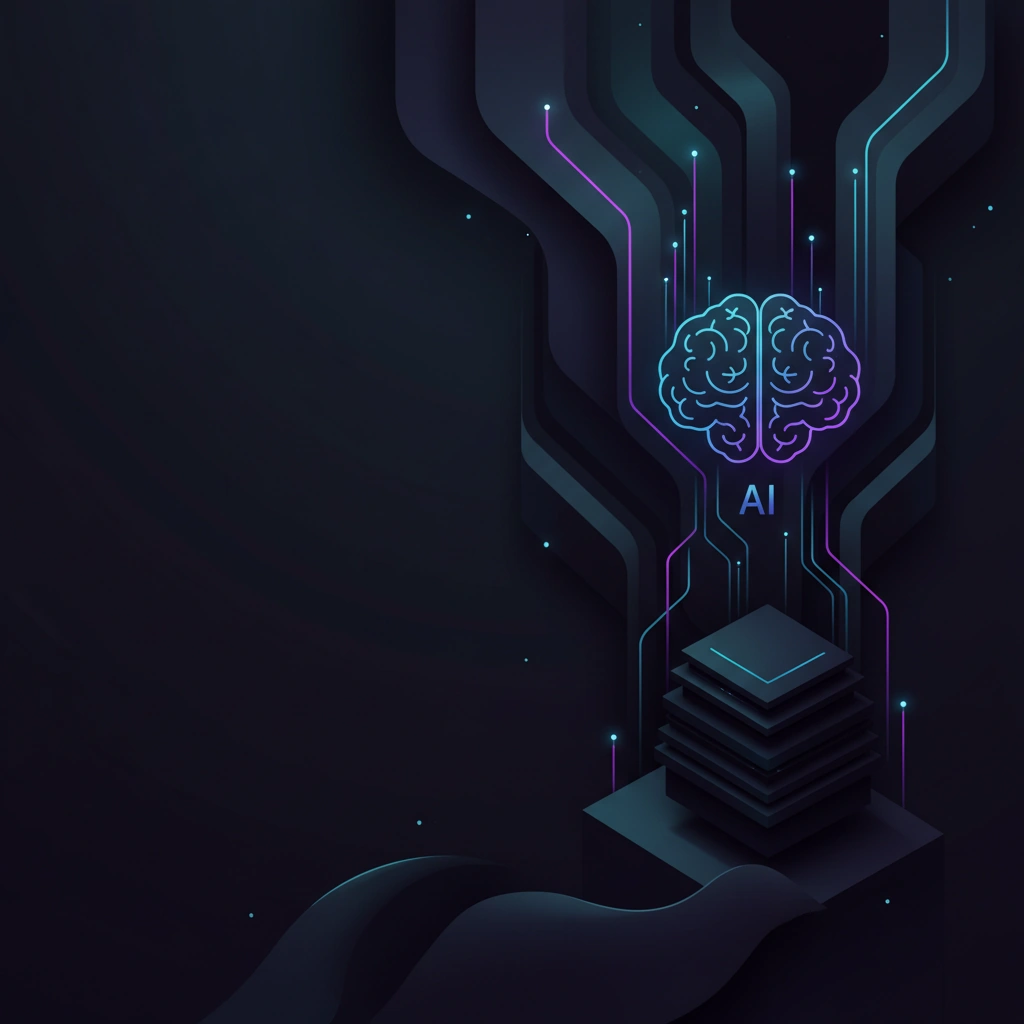AWS Unveils AI Supercomputer Powering Anthropic's Claude
Amazon Web Services launches Project Rainier, a massive supercomputer cluster built with custom Trainium2 chips designed specifically for training Anthropic's Claude foundation models at unprecedented scale.

Amazon Web Services has unveiled Project Rainier, a purpose-built AI supercomputer designed to accelerate the development of Anthropic's Claude foundation models. The announcement represents a significant milestone in cloud-based AI infrastructure, combining custom silicon with massive-scale compute resources tailored specifically for large language model training.
Custom Silicon for AI Training
At the heart of Project Rainier lies AWS's second-generation Trainium2 chips, custom-designed accelerators optimized for machine learning workloads. These chips form the foundation of a supercomputing cluster that AWS claims delivers superior performance-per-watt compared to GPU-based alternatives, addressing one of the most critical challenges in modern AI development: energy efficiency at scale.
The Trainium2 architecture builds upon lessons learned from AWS's first-generation AI chips, incorporating specific optimizations for transformer-based models like Claude. These improvements include enhanced memory bandwidth, faster interconnect speeds, and specialized tensor processing units designed for the matrix operations that dominate foundation model training.
Scale and Performance Metrics
Project Rainier operates at unprecedented scale, though AWS has not disclosed exact chip counts or total compute capacity. The supercomputer leverages AWS's UltraCluster technology, which provides high-bandwidth, low-latency networking essential for distributed training across thousands of accelerators. This networking infrastructure enables efficient gradient synchronization and parameter updates across the massive neural networks that power Claude.
According to AWS, the system delivers performance improvements that translate directly into faster training iterations for Anthropic. Reduced training time not only accelerates model development cycles but also enables more extensive hyperparameter exploration and ablation studies, critical components of foundation model research.
Strategic Partnership Implications
The launch solidifies the deepening relationship between AWS and Anthropic, following Amazon's multi-billion dollar investment in the AI safety company. By providing dedicated infrastructure optimized specifically for Claude's training requirements, AWS demonstrates its commitment to supporting frontier AI research while simultaneously showcasing the capabilities of its custom silicon strategy.
This approach contrasts with competitors who rely primarily on NVIDIA GPUs for AI workloads. AWS's investment in custom accelerators represents a bet that workload-specific optimization can deliver superior economics and performance compared to general-purpose AI chips, particularly for companies training models at the largest scales.
Implications for AI Development
The availability of purpose-built supercomputing infrastructure has profound implications for the broader AI ecosystem. As foundation models grow increasingly sophisticated, the computational requirements for training continue to escalate exponentially. Custom solutions like Project Rainier may become necessary for organizations pursuing state-of-the-art capabilities.
For applications in synthetic media and AI-generated content, more powerful foundation models trained on infrastructure like Project Rainier enable improved quality, better controllability, and more nuanced understanding of complex instructions. Claude's multimodal capabilities, enhanced through training on this infrastructure, could eventually power more sophisticated video generation, audio synthesis, and content moderation systems.
Energy Efficiency and Sustainability
The emphasis on performance-per-watt addresses growing concerns about AI's environmental impact. Training large language models consumes enormous amounts of electricity, raising questions about sustainability as models continue to scale. AWS's custom chips aim to reduce the carbon footprint of AI development, though the company has not released specific power consumption metrics for Project Rainier.
Competitive Landscape
Project Rainier enters a competitive field where Google's TPUs, Microsoft's Azure infrastructure, and NVIDIA's GPU ecosystems already serve major AI developers. The success of AWS's approach will depend on whether Trainium2's specialized optimizations can deliver sufficient advantages to justify the reduced flexibility compared to more general-purpose accelerators.
For Anthropic, having access to cutting-edge, purpose-built infrastructure provides a significant competitive advantage in the race to develop more capable and safer AI systems. The partnership demonstrates how cloud providers are increasingly becoming strategic partners rather than mere infrastructure vendors for leading AI companies.
As foundation models continue to underpin advances in synthetic media, deepfake detection, and digital authenticity verification, the infrastructure enabling their development becomes increasingly critical to the entire AI ecosystem. Project Rainier represents AWS's vision for how that infrastructure should evolve.
Stay informed on AI video and digital authenticity. Follow Skrew AI News.



